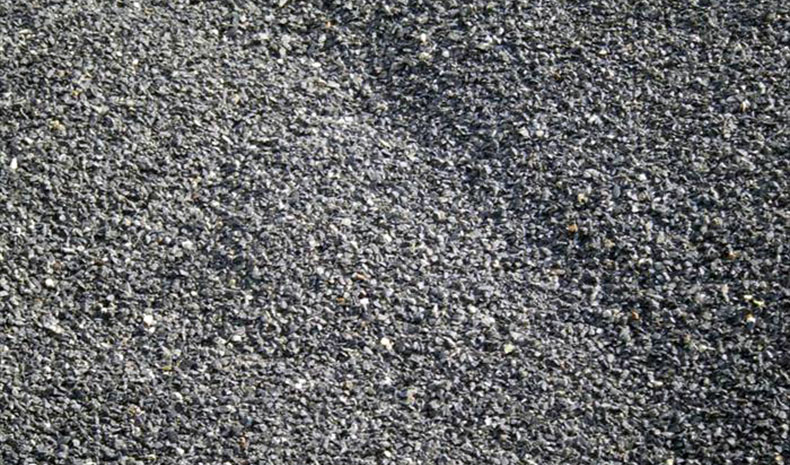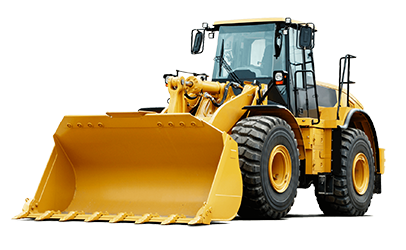- Working Hours: 7.30 AM - 10.30 PM
- Phone: +90 532 446 5207
- E-Mail: info@kuvarskumu.com
Scraping Sand

Scraping Sand
With the contact of steel with oxygen, the effect of water and some acids, metals rust, rot and become unusable by oxidizing over time. In order to prevent the contact of the steel with oxygen, sandblasting should be done by industrial sandblasting and blasting method.
One of the traditional ways of cleaning most material surfaces is cleaning with a mixture of compressed air and abrasive particles (grit). Briefly, this process is called sand scraping.
Scraping is made with special materials (balls) that look like sand but are different from the sand we know in fact, have varieties called silica, basalt, grit, which are specially produced for this job and have different uses.
“Sandblasting; is the name given to one of the techniques of cleaning and giving a rough structure the surfaces of metals, glass and vitreous, woods and plastics.”
Scraper Sand from the others is that it is very successful compared to side grinding, motor brush and similar methods and gives results that cannot be reached with other methods. Especially on metals to be painted, the most successful surface cleaning is achieved with sand blasting and there is no other alternative method.
Sand blasting is the most economical and fast method for cleaning oxides or old paints on the surfaces of steel constructions before painting and newly constructed or under maintenance ship hulls in shipyards.
The Properties and Values of Iron Slag Based Grits:
| FEATURE | VALUE |
|---|---|
| Water-soluble chlorines | 0.0025% max. |
| pH | 7.0 |
| Electrical resistance | 25mS/m |
| Moisture | 0.2% max. |
| Hardness | 7 Moh's min. |
| Particle size distribution | 0.2 - 2.8mm |
| Apparent density | 3.0 - 3.3 kg/dm3 |

